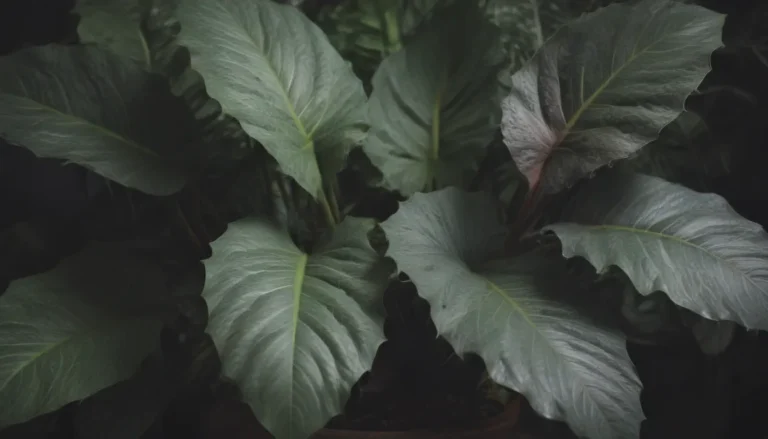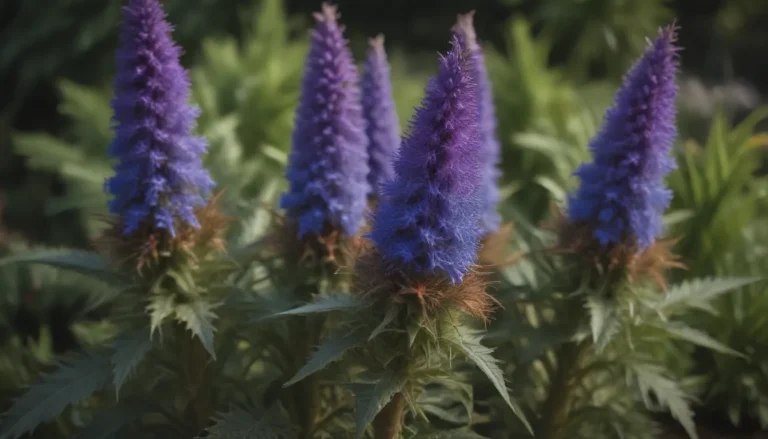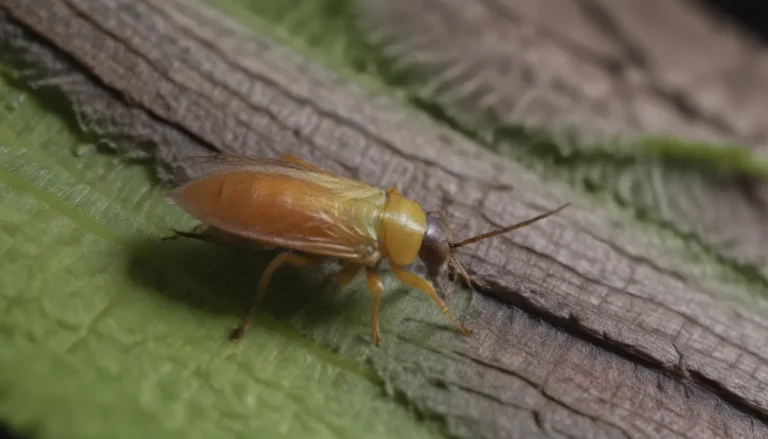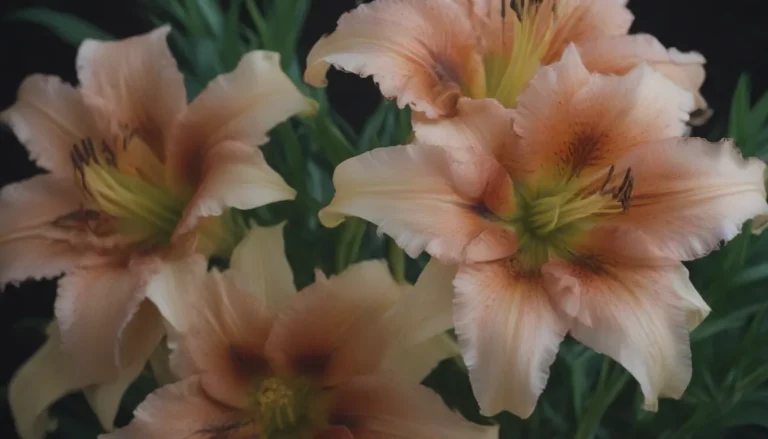Growing Purple Passionflower (Passiflora Incarnata): A Comprehensive Guide
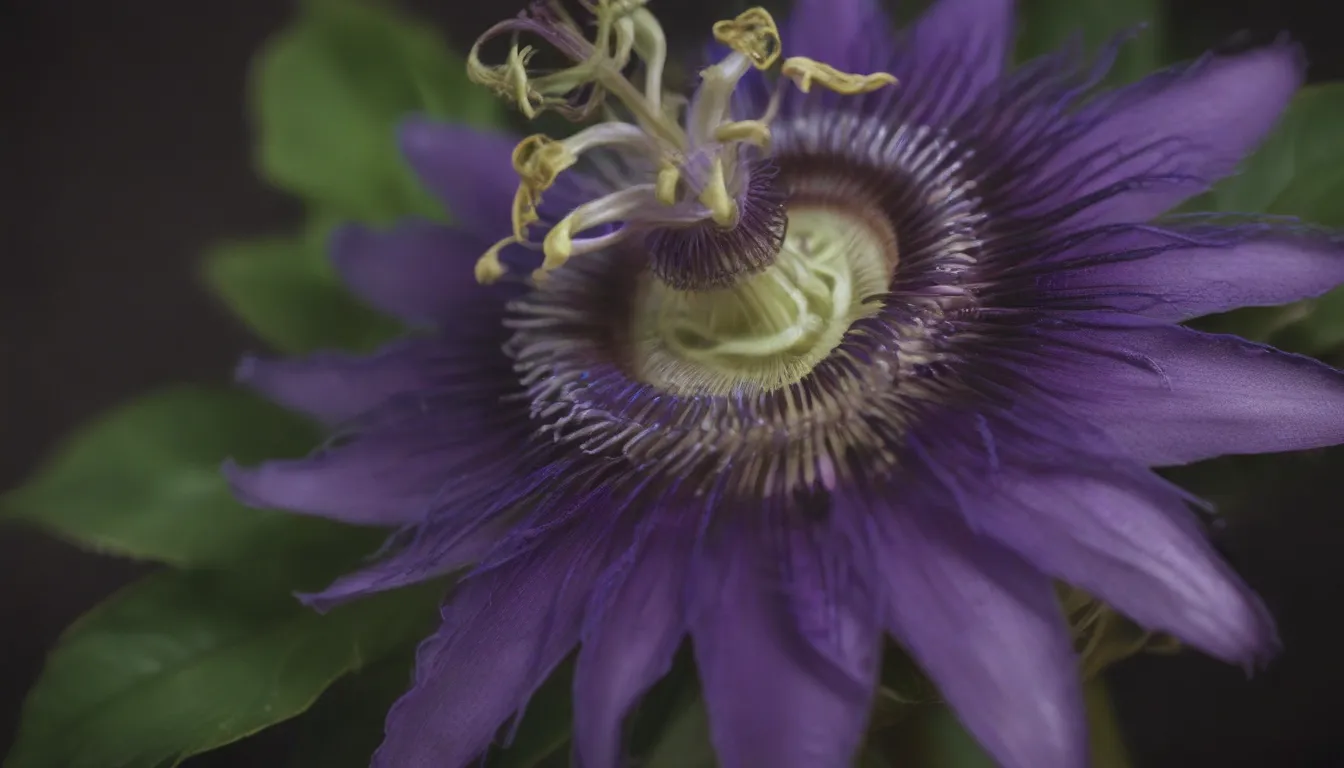
Are you looking to add a touch of exotic beauty to your garden with a purple passionflower? Also known as maypop for the sound it makes when stepped on, the Passiflora incarnata is a stunning vine that produces fragrant flowers and delicious passion fruits. In this comprehensive guide, we will explore everything you need to know about growing and caring for purple passionflowers.
Purple Passionflower Care Tips
Purple passionflowers are relatively easy to grow, but they do have specific care requirements to thrive. Here’s a breakdown of what you need to know:
Light
- Purple passionflowers thrive in full sun but can tolerate partial shade.
- Ensure your plant receives adequate sunlight for healthy growth and blooming.
Soil
- Purple passionflowers are not picky about soil type and can adapt to various conditions.
- Plant them in well-draining, moist soil to encourage healthy growth.
Water
- While purple passionflowers can withstand drought, they prefer consistently moist soil.
- Water deeply at the root level, especially during dry spells, and avoid waterlogging the plant.
Temperature and Humidity
- Despite their tropical appearance, purple passionflowers are cold-tolerant.
- Protect the roots from freezing temperatures by mulching the base of the plant in colder climates.
Fertilizer
- Feed your purple passionflower lightly to promote abundant blooms.
- Use a fertilizer with lower nitrogen content to encourage flowering over foliage growth.
Types of Passionflowers
Purple passionflower is just one of many passionflower varieties available. Here are a few other types you might consider adding to your garden:
- Passiflora Edulis: Known for its delicious passion fruits.
- Passiflora Alata: Features unique red and white flowers.
- Passiflora Ligularis: Produces sweet and aromatic fruits.
Each passionflower variety offers its own unique beauty and benefits, so explore different options to find the perfect fit for your garden.
Pruning and Propagation
Proper pruning and propagation techniques are essential for maintaining healthy and thriving purple passionflowers. Here’s what you need to know:
Pruning
- While purple passionflowers don’t require frequent pruning, shaping the plant can promote bushier growth.
- Trim back the plant in late winter or early spring to encourage new blooms in the coming season.
Propagation
- Propagate purple passionflowers through stem cuttings, tip layering, or seeds.
- Experiment with different propagation methods to create new plants and expand your passionflower collection.
Growing Purple Passionflowers From Seed
Growing purple passionflowers from seed can be a rewarding but time-consuming process. Follow these steps for successful seed propagation:
- Start in late winter or early spring.
- Plant seeds in well-draining soil.
- Keep the soil consistently moist.
- Be patient, as germination may take several months.
Potting and Repotting
If you prefer container gardening, you can successfully grow purple passionflowers in pots. Follow these tips for potting and repotting your passionflower:
- Use nutrient-rich potting soil with good drainage.
- Repot every few years to refresh the soil and provide adequate space for root growth.
Overwintering Purple Passionflowers
Preparing your purple passionflower for winter is crucial for ensuring its survival in colder climates. Follow these steps to protect your plant during the colder months:
- Provide winter protection in USDA zones 5 or 6.
- Move container plants against a building for added warmth.
- Limit watering and fertilizing during the winter months to promote dormancy.
Common Pests and Plant Diseases
While purple passionflowers are relatively resistant to pests and diseases, you may encounter issues such as scale insects, spider mites, and root rot. Monitor your plants regularly and take preventive measures to keep them healthy.
Encouraging Blooms and Fruit Production
To promote abundant blooms and fruit production in your purple passionflower, follow these tips:
- Maintain proper nutrient balance in the soil.
- Avoid over-fertilization, especially with nitrogen-heavy fertilizers.
- Encourage pollinators such as bees to ensure successful fruit set.
Common Problems and Solutions
Keep an eye out for common issues with purple passionflowers, such as yellowing foliage, lack of flowering, or poor fruit set. Address these problems promptly to maintain the health and vitality of your plants.
In Conclusion
Purple passionflowers are a delightful addition to any garden, offering stunning blooms and delicious fruits. By following the care tips outlined in this guide, you can successfully grow and enjoy these beautiful vines in your outdoor space. Experiment with different varieties, propagation methods, and growing techniques to create a thriving passionflower garden that brings joy year after year. Happy gardening!
